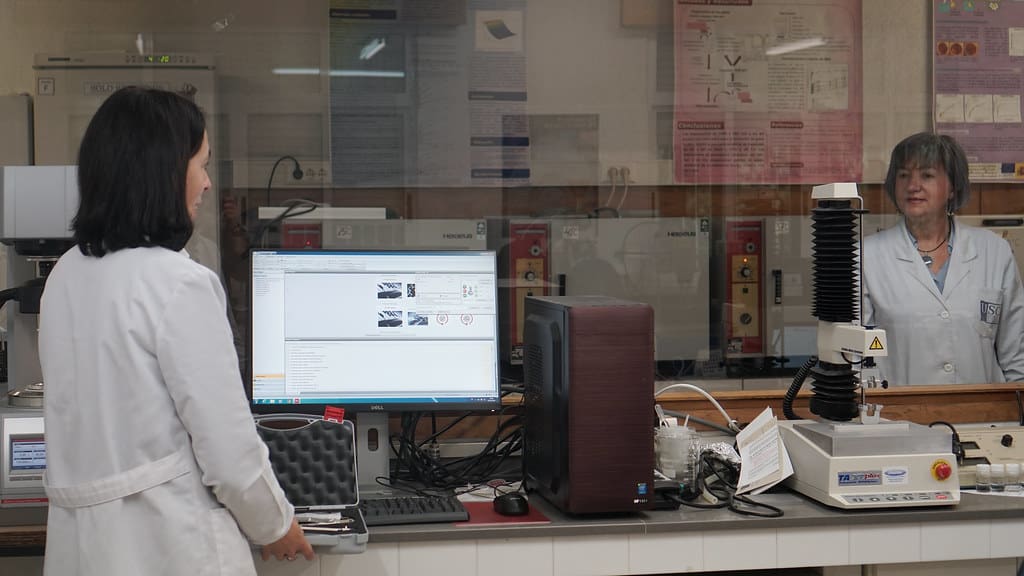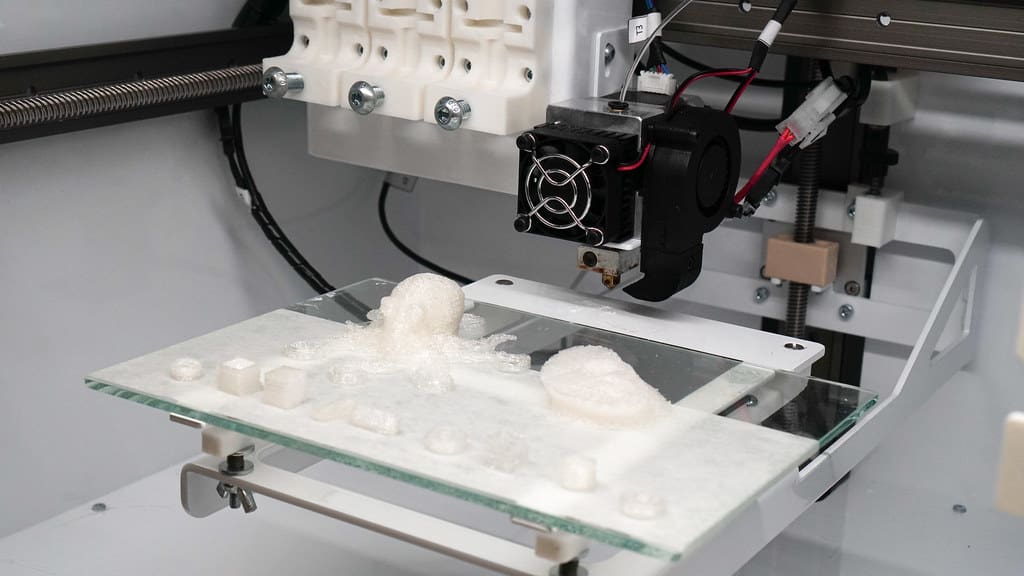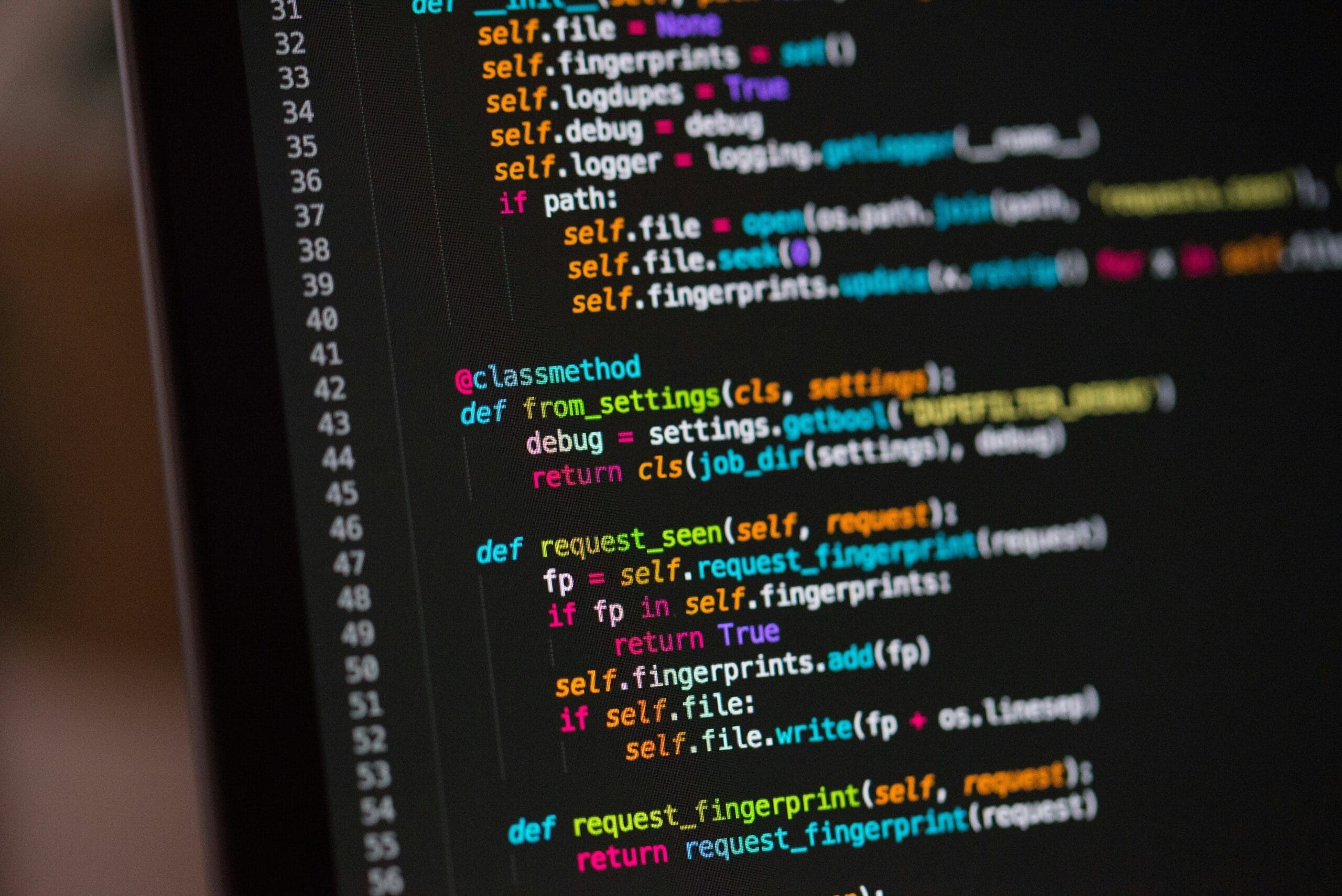Biomaterials are substances or combinations of substances synthesized to interact with biological systems for a medical purpose, either therapeutic or diagnostic. The integration of 3D printing technology into the field of biomaterials is transforming the landscape of medical treatments and devices. This approach allows for the precise fabrication of complex biomaterial structures tailored for individual patients, ranging from prosthetic limbs and tissue scaffolds to drug delivery systems and organ models. By leveraging 3D printing, researchers and developers can design biomaterials with customized properties and geometries that significantly enhance their functionality and integration with biological tissues.
The Emergence of 3D Printing in Biomaterials
Initially utilized for prototyping in industries like engineering and design, 3D printing has found profound applications in the creation of biomaterials. Advances in 3D printing technologies have enabled the production of devices and structures that are biocompatible, mechanically similar to biological tissues, and capable of performing specific biological functions. Today, 3D printing is not only about creating models but also about manufacturing functional biomaterials that improve patient outcomes and facilitate personalized medicine.

Advantages of 3D Printing in Biomaterials
Customization and Precision: 3D printing allows for the customization of biomaterials to fit the precise anatomical and physiological requirements of patients. This precision is critical in applications such as custom dental implants, bone grafts, and personalized prosthetics.
Complex Geometry Capability: Additive manufacturing can produce biomaterials with complex, often organic geometries that are impossible to achieve with traditional fabrication methods. This capability is particularly beneficial for creating scaffolds in tissue engineering that mimic the intricate structures of natural tissues.
Rapid Prototyping and Development: 3D printing facilitates the quick iteration of biomaterial designs, enabling researchers to experiment with different structures and compositions swiftly. This accelerates the research and development process, reducing the time from concept to clinical application.
Material Versatility: Modern 3D printers can handle a range of biomaterials, including polymers, ceramics, and composites, which can be precisely deposited to create gradient materials or multi-material structures with tailored properties for specific medical applications.
Key Applications of 3D Printing in Biomaterials
Tissue Engineering and Regenerative Medicine: One of the most significant applications of 3D printing in biomaterials is in the development of tissue scaffolds that support cell growth and tissue formation. These scaffolds are designed to degrade over time, leaving behind newly formed tissue.
Prosthetics and Orthotics: 3D printing is used extensively to create customized prosthetic and orthotic devices that offer superior comfort and mobility compared to traditionally made counterparts.
Dental Applications: From crowns and bridges to entire dental implants, 3D printing can produce dental devices that perfectly match the patient’s existing teeth in shape, color, and function.
Drug Delivery Systems: Innovative drug delivery devices, such as implantable devices that release pharmaceuticals over a controlled period, are being developed using 3D printing. These systems can be tailored to release drugs in specific doses at controlled rates.

Challenges in 3D Printing for Biomaterials
Despite its advantages, several challenges must be addressed to maximize the use of 3D printing in biomaterials:
Biocompatibility and Sterilization: Ensuring that 3D-printed biomaterials are biocompatible and can be effectively sterilized without compromising material integrity is crucial.
Mechanical Property Matching: Matching the mechanical properties of natural tissues with 3D-printed biomaterials is essential for their successful integration and function, particularly in load-bearing applications like orthopedics.
Regulatory and Ethical Considerations: Navigating the regulatory landscape for 3D-printed biomaterials is complex, involving rigorous testing and certification processes to ensure safety and efficacy.
Scalability: While 3D printing is ideal for customized, low-volume production, scaling up for mass production remains a challenge, particularly in terms of cost and speed.
Future Directions in 3D Printing for Biomaterials
The future of 3D printing in biomaterials is promising, with ongoing advancements likely to address current limitations and expand capabilities. Innovations in printer technology, biocompatible materials, and hybrid manufacturing processes combining 3D printing with other fabrication techniques are expected to enhance the effectiveness and accessibility of printed biomaterials.
3D printing is poised to continue revolutionizing the field of biomaterials, offering precise, customizable, and efficient solutions that enhance patient care. As the technology evolves, it promises to enable more sophisticated applications in medicine, potentially transforming how treatments are developed and delivered.








